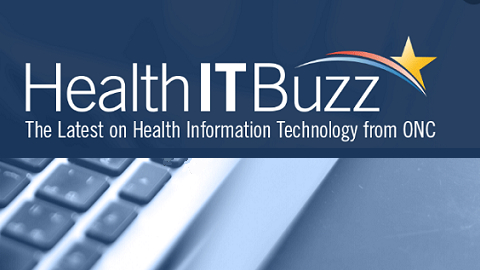
@ShahidNShah


As adoption of health, IT has increased, we have seen firsthand how usability issues associated with the underlying software, implementation choices made by practices and institutions, and lack of effective training can diminish the desired impact of health IT use. Well-meaning initiatives promoting field-defined, actionable data have led to “check the box” workflows and subsequent loss of the patient’s narrative.
Rectifying these issues requires coordinated attention to improved design of health IT systems, better system configuration decisions, and effective end-user training during implementation. These actions can help health IT to function as an asset instead of an obstacle and positively impact usability, safety, clinician satisfaction with health IT, and care.
To keep advancing health IT, all of us across the health care system need to continue emphasizing user-centered design and human factors, and ergonomics.
Continue reading at healthitanswers.net
Even as it appears the combination of distancing, treatment and vaccines is helping to return society at large to a more normal footing, questions associated with quality, cost, and access to care …
Connecting innovation decision makers to authoritative information, institutions, people and insights.
Medigy accurately delivers healthcare and technology information, news and insight from around the world.
Medigy surfaces the world's best crowdsourced health tech offerings with social interactions and peer reviews.
© 2025 Netspective Foundation, Inc. All Rights Reserved.
Built on Apr 29, 2025 at 12:52pm